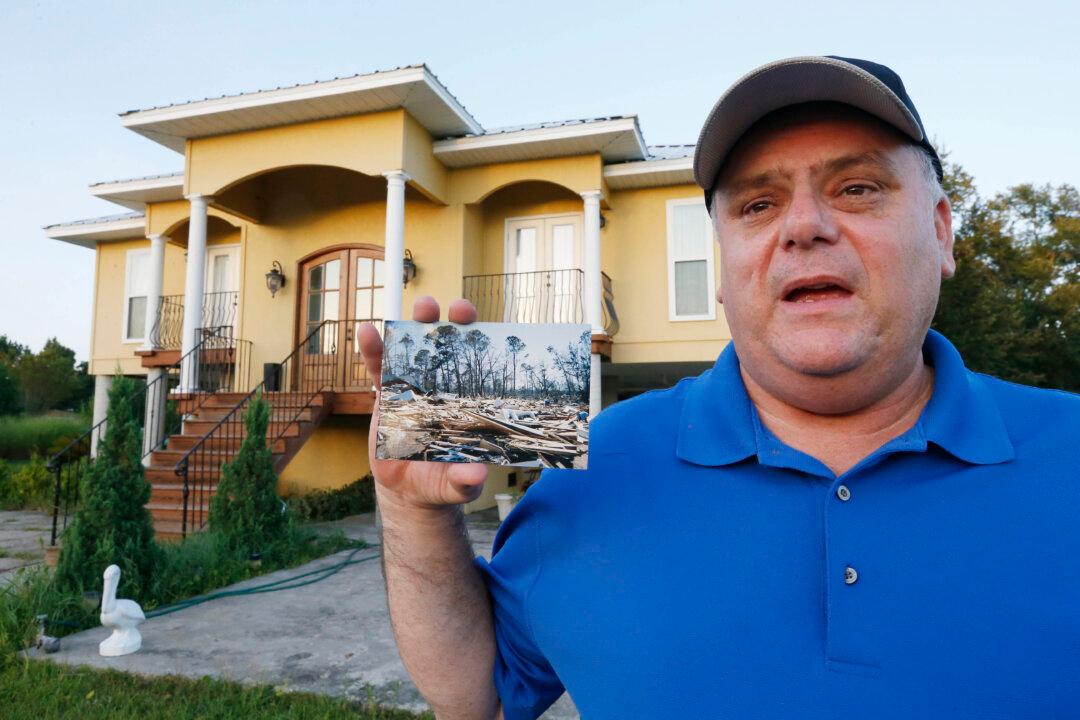LONG BEACH, Miss.—Between Mississippi’s seashore and the railroad tracks a little ways inland, where Hurricane Katrina all but erased a neighborhood 10 years ago, Efrem Garza and a handful of other homeowners are still resettling a frontier.
Once lined with houses and a small condominium complex, South Seashore Avenue in Long Beach was ravaged by wind and waves in 2005. Running from the beach highway to railroad tracks paralleling the shoreline — a zone of maximum destruction along the Mississippi coast — it was on the front lines of the storm’s fury.





